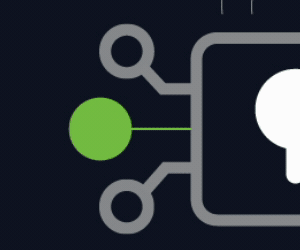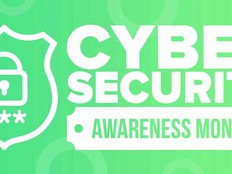Criminal Justice Information and Why It Matters
Technology is becoming a huge enabler for the utilization of CJI and is an essential resource in the modern justice system. CJI refers to the data used by law enforcement agencies and is not limited to textual data. It also includes visual and audio information, such as crime scene photographs, surveillance videos and recorded interviews that are used to safeguard society and administer justice fairly.
CJI data spans several categories, to include the following:
Investigative and Case-Related Data
- Criminal history record information: Data regarding arrest history, dispositions, convictions and sentencing
- Incident and case history: Comprehensive reporting on criminal incidents, evidence logs and statements from witnesses
- Biometric and personal data: Face recognition, fingerprints, DNA samples and evidence
- Property data: Information relating to property linked to crime, such as personally identifiable information, firearms and stolen vehicles
Legal and Court-Related Data
- Discovery materials: Evidence and documents shared with defense teams that may include information and items from the previous category
- Grand jury records: Highly confidential information presented to a grand jury that may include transcripts, evidence and other materials
- Pleadings and motions: Summaries or condensed information processed in legal documents
Click the banner below for the latest federal IT and cybersecurity insights.













